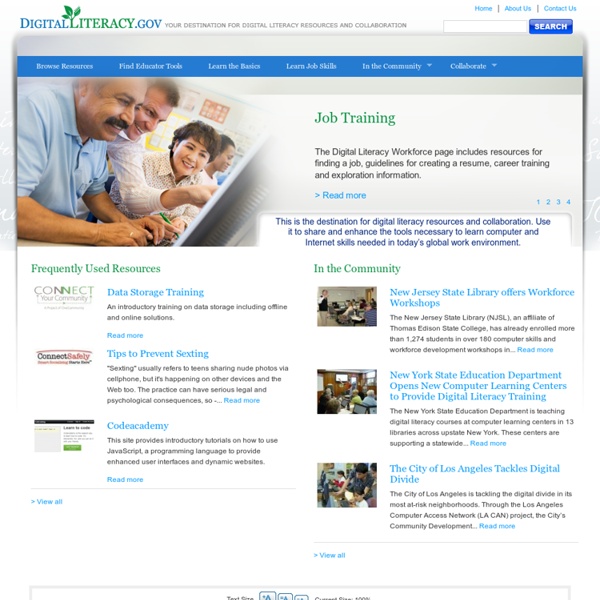



Basic Digital Literacy Resources Search results for digital citizenship When I was a little girl I loved making books. It was one of my favorite things to do....all of it. I loved writing the story, drawing the illustrations, reading, and sharing them with others. I would have my mom staple pages of paper together, gather my crayons, pencil, and markers, and set off to find a place to create and write. I always had ideas that I wanted to write about. A lot of times my younger sister Heather would have a empty book with her also and together we would write great adventures. I loved writing books for others too. She always loved getting books, cards, and pictures of our adventures that we would take together. It is so special to read this book and hear the story through the young "me". I also wanted to be a teacher....and many times Heather and I played library where we pretended to be librarians of the most awesome library ever. As I got older, my love for drawing and writing grew. I went to Iowa State University to the College of Design first.
From Advogato to Zoopa: The ultimate list of social networks Facebook. Twitter. LinkedIn. Memeburn’s already looked at the 29 professional niche social networks you should know about, and we also have a list of our favourite offbeat social networks. This list, however, is the ultimate list of all: As many social networks as we can find. How many are you on? Advogato.org Advogato, in existence since 2000, bills itself as “community site and social networking site for free software developers”. See also: Academia.edu: Academic research community aNobii: Network for book lovers aSmallWorld: Private network for the “sophisticated and influential” AsianAvenue: Asian American community Athlinks: Community for athletes Audimated: Independent music community Bebo Launched in China, Bebo, an acronym for “Blog Early, Blog Often”, promises to “turn chaos into order by delivering real-time, chronological updates from all of your friends” social feeds. Facebook If we must. See also: Kaixin001: Chinese social network Orkut Orkut was launched by Google in 2004.
Local Resources for Basic Computer Skills Search results for digital citizenship With the Sochi Winter Olympics starting, we all want to learn, watch, and catch little glimpses of what is happening throughout the day in Russia. I love watching the figure skating, skiing, and snow boarding events. When I was little we watched it together as a family and I have really enjoyed following the summer and winter Olympics throughout the years. The fifth graders, along with all of our students, have been discussing the Olympics in their classrooms and after talking with one of the teachers, Kate Goodwin, about doing a research project with the kids, we decided this would be a great theme to focus on. Recognize digital resources that are copyright freeCredits author and publication for direct quotationsSuggest a technology tool to use to accomplish a particular task Next, I took a look at the Language Arts CCSS. W.5.2 Writing: Text Types and Purposes Write informative/explanatory texts to examine a topic and convey ideas and information clearly. a. Something new to all of them.
Tech the Plunge What was Your First Tweet March 22, 2014 Yesterday I celebrated Twitter’s eighth birthday. Since a day seems to short to celebrate birthdays anymore, here’s one more Twitter present. Read the full article → Happy Birthday Twitter! March 21, 2014 Today is Twitter’s eighth birthday and Mashable posted a nice video outlining the history of Twitter. Read the full article → Free Digital Literacy Course Welcome to the Microsoft Digital Literacy curriculum. Whether you are new to computing or have some experience, Digital Literacy will help you develop a fundamental understanding of computers. The courses help you learn the essential skills to begin computing with confidence, be more productive at home and at work, stay safe online, use technology to complement your lifestyle, and consider careers where you can put your skills to work. Use the menu below to see the Digital Literacy curricula and courses available in your preferred language. The Microsoft Digital Literacy curriculum has three levels. The Basic curriculum features a course called A First Course Toward Digital Literacy. The Standard curriculum is available in four versions. Version 4 uses examples and simulations from Windows 8 and Microsoft Office 2013. Version 3 uses examples and simulations from Windows 7 and Microsoft Office 2010. Version 2 uses examples and simulations from Windows Vista and Microsoft Office 2007.
CyberSmart! - Top 20 Social Networks for Education 0 Comments August 11, 2011 By: Aug 10 Written by: 8/10/2011 4:20 PM ShareThis Since I last posted on social networks a year ago, a number of new ones have been introduced that can be a huge benefit to education. Twitter - Far and away one of the most popular social networks around. David Kapuler is an educational consultant with more than 10 years of experience working in the K-12 environment. Alert to All Users of the Disqus commenting system: Because of a recent global security issue, the Disqus website recommends that all users change their Disqus passwords.
Digital Literacy in Academia The Whiteboard Blog - Supporting the use of technology in the classroom Cool Digital Presentation Tools
This website is full of information about Digital Literacy and its uses. by jenicomprispas Oct 30